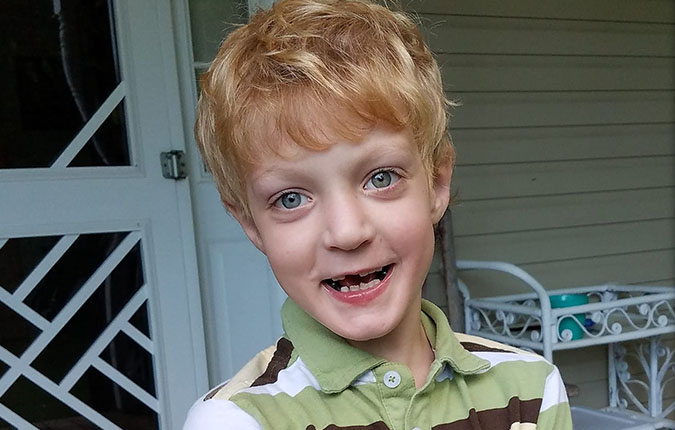Condition
Pediatric Generalized Anxiety Disorder
What You Need to Know
Generalized anxiety disorder (GAD) is a serious mental health problem. A child with GAD has a lot of worry and fear that seems to have no real cause. Often times, the worry is more intense than the situation calls for and the child is unable to stop the cycle of worried thoughts.
Key Symptoms
The most common symptoms of GAD are:
- A child will worry about things such as future events, past behaviors and family matters
- The child may not realize his or her worry is more intense than the situation calls for
Diagnosis
Providers typically diagnose general anxiety disorder by:
- A mental health assessment
Treatment
Treatment may include:
- Cognitive behavioral therapy
- Medication
- Family therapy
- School input

Schedule an Appointment
Our pediatric specialists provide personalized care for your child’s physical, mental and emotional health needs. Meet the providers who treat general anxiety disorder and schedule an appointment today.


Frequently Asked Questions
Explore frequently asked questions about general anxiety disorder.
Prevention and Risk Assessment
What is generalized anxiety disorder in children and teens?
What causes generalized anxiety disorder in a child or teen?
Which children and teens are at risk for generalized anxiety disorder?
What are the symptoms of generalized anxiety disorder in a child or teen?
How is generalized anxiety disorder diagnosed in a child or teen?
Treatment
How is generalized anxiety disorder treated in a child or teen?
How can I help prevent generalized anxiety disorder in my child or teen?
How can I help my child or teen live with generalized anxiety disorder?
When should I call my child’s healthcare provider?
Departments that Treat Generalized Anxiety Disorder

Anxiety Disorders Program
The Anxiety Disorders Program at Children's National Hospital is a specialized treatment program devoted to carefully assessing and effectively treating a wide range of anxiety disorders common among children and adolescents. Learn more about our program.

Help Kids and Make a Difference
Invest in future cures for some of life's most devastating diseases. Give today to help more children grow up stronger.












